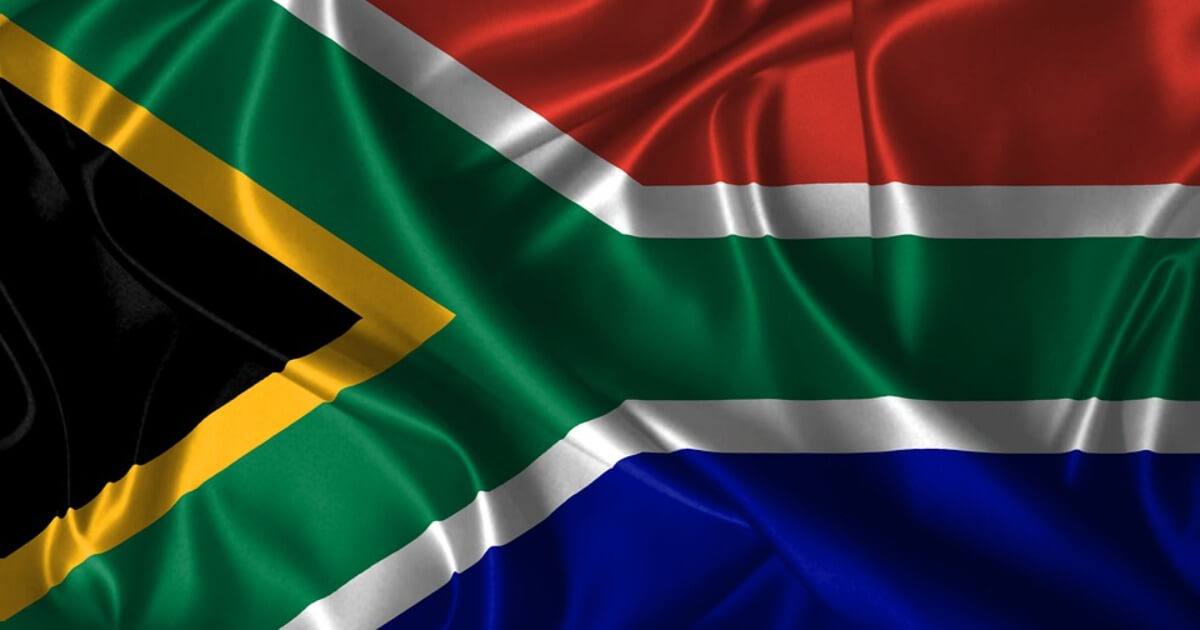Reforming South Africa’s Economy
The successful unbundling of utilities giant Eskom would aid badly needed structural reforms in the South African economy.
May 29, 2019

Moody’s Investors Service recently issued a chilling warning to South Africa. The ratings agency said that the country’s credit profile was on the verge of being downgraded to junk.
Moody’s cited structural weaknesses, particularly rising debt and high fiscal spending in an economy that has largely been hobbled by a weakened revenue collection.
Moody’s also pointed to Eskom’s escalating debt and government bailouts to the embattled power utility as a contingent liability to the government as a likely trigger of the downgrade.
One can have arguments about the need for countries to take ratings agencies seriously, particularly given some of those agencies’ severe failings in the run-up to the 2009 international financial crisis.
The reality is that investors take their cue from the ratings agencies’ assessment of the country’s attractiveness for investments. No sane investor would splurge his or her dollars or euros in a venture that is unlikely to yield any returns.
More than a national nuisance
And therein is our biggest problem. Eskom — South Africa’s largest company — has become more than a national nuisance. It has eroded South Africa’s credit worthiness as a nation to a point that the economy is fast slipping into irrelevance.
The Guptas also failed to help South Africa as they looted whatever remained of Eskom. The current growth trajectory of around 1% is unlikely to change any time soon unless fundamental structural changes are made to turn Eskom into a financially viable parastatal company like Transnet.
At the moment, Eskom’s debt is estimated at around 500 billion rand, including bonds and issued loans. Eskom’s current liability to the economy is more than a third of the country’s budget — or more than 10% of GDP.
The National Treasury’s own estimates say that the country’s debt, excluding Eskom, could deteriorate to reach a staggering 60.2% of the GDP by 2024.
Just weeks before the elections, Eskom was given 5 billion rand in emergency funds to enable it to meet obligations. This will not be sustainable in the long-term.
President Cyril Ramaphosa used a Goldman Sachs investment meeting to state that Eskom was too big to fail. And that is true.
Unprecedented damage
Eskom plays a pivotal role in our country’s economy. Its collapse would trigger damages yet unseen in the country.
If this came to pass, it would lead to more foreigners abandoning the South African market on a much larger scale than they did when former president Jacob Zuma replaced Nhlanhla Nene with Des van Rooyen in 2016. Our national currency, the rand, would be as valuable as the Zimbabwean dollar.
Because South African asset holders are already showing anxieties on what Ramaphosa’s new administration would bring, Ramaphosa needs to speed up the proposed break-up of Eskom into three separate units that would be responsible for generation, transmission and distribution.
That would not create a clearer structure for Eskom, but would bring the power utility to current international energy generation standards.
It would break Eskom’s monopoly on energy supply and create more competition in the energy sector. It would also bring more clarity on its costs as well as better accountability and oversight on its functions.
Ramaphosa’s challenge
But for this plan to succeed, Ramaphosa will have to be prepared to tough it out with South Africa’s spoiled labor unions and to make the best decisions in the interest of the country.
The National Union of Mineworkers (Num) and National Union of Metalworkers of South Africa (Numsa) have already threatened fire and brimstone should Eskom be unbundled.
However, South Africa is too big to be held to ransom by such outdated rhetoric. Ramaphosa will have to be brave enough to tell them that Eskom’s bloated workforce is not compatible with its output.
And, that workers can be trained for more opportunities outside the outdated fossil energy model toward much cleaner generation that the world is moving towards.
Given the country’s current debt-to-GDP ratio, the successful unbundling of Eskom would more likely be the biggest step in addressing key structural reforms in the South African economy.
It would lead to more money that would be available for a plausible stimulus package. It would also go a long way in addressing the country’s ballooning unemployment.
Good things take time
The restructuring of Eskom and the overall economy would take some time to materialize. But Ramaphosa would need courage and a solid team to see through the reforms.
That team would need to have the arrogant pragmatism of the like of Finance Minister Tito Mboweni. While sometimes combative, Mboweni has the uncanny ability of dissecting problems for what they are.
To be sure, Eskom needs a long-term view that would address its governance and management frailties. Bringing in new players even if they come from the private sector would not be a bad thing at all if it helped Eskom and the economy.
Mboweni might be brash and at times outlandish. But his clarity of thought is a breath of fresh air and the kind of brave courage that the country needs to move forward.
Takeaways
Moody's recently issued a chilling warning to South Africa -- the country’s credit profile was on the verge of being downgraded to junk.
South Africa’s largest company Eskom has become more than a national nuisance. It has eroded its credit worthiness as a nation.
Eskom plays a pivotal role in South Africa’s economy. Its collapse would trigger damages yet unseen in the country.
The successful unbundling of Eskom would aid badly needed structural reforms in the South African economy.